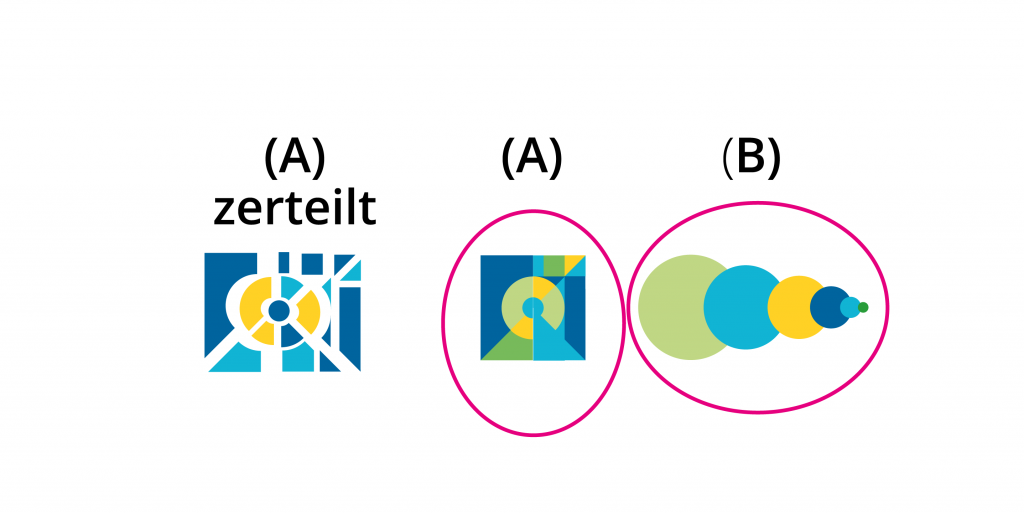Title: Is Modularity Too Time Consuming? Economics Of Modularity.
What: Article
Made for: Self
–
English
One year ago I published a post on my blog about prototyping with circular materials and modular parts saying that it should be much cheaper in most cases, because you can reuse parts and materials from older prototypes for newer ones and don’t have to buy new parts and materials for every iteration.
That was true for the Lego Brick and I experience this again when developing the Hiebo Lamps that are also completely made from modular and circular parts.
But when doing the lamps I experiences something else that is more a downside of that approach when it comes to resources: Prototyping with modular parts took a lot more time!
The Hiebo series starts with the premise to only use standard parts available in every common DIY market and leave the parts intact – deal with them as they are. Starting from that the goal is to find a lamp that is beautiful.
The problem is now that there are a lot of different standard screws and parts available. And this means that there is an incredible high number of possible combinations. I searched for a long time for a good shape and went through an incredible amount of iterations. I tested and created a lot of ideas and came closer and closer to an at least somehow good looking lamp. This was very time consuming.
The usual way to design a lamp nowadays would probably be to use some kind of 3d/vector software – to model the lamp. You start with a basic idea and than push and pull dots and lines till you have the shape you like. Every change is just a click away. And everything is possible. And once you are done you decide about materials and send it to a factory.
This is quicker. Especially compared to test a lot of different combinations of modular parts where you have to deal with what is already there and how does it look and behave, and doing it by hand.
A General Problem With Modularity?
This can be true for other cases as well. Jenni told me that she was experiencing something similar with this years OSCEdays design that she created. For this year we had come up with the idea to reflect modularity also in the graphic-design. Amongst other things it is supposed to help local organizers to adapt the design and build on it for their local communication.
So Jenni took a square and cutted it into pieces – the pieces are now a fixed set of building bricks for all other designs.


Images by Ottilie, CC-BY-SA
–
Jenni created a whole construction kit explaining it available to download from our public design folder.
The interesting thing for our post here is that she told me on the phone that this technique takes sooooo much time! More then usual. Of course! Usually when Jenni creates a design and there is a shape she does not like she just changes the angle a bit and is done. Now she has to play with the modular parts and test different combinations and see which one comes closest to the shape she likes.
So I wonder, is this a general rule for modular design?
Let’s solve the problem!
I think it will be probably true for some maybe even for many cases.
But I think there are good ways to overcome the time problem.
(1) Open Source helps: When playing with my modular parts I learned a lot of things and discovered some good tricks and combinations. And of course I make them open. So others can be quicker. I am sure others discovered the same tricks before. But I could not find them where I would search for them – in the web. But this is something we can change and with growing open source hardware platforms will change.
(2) Software-Tools: And of course can we have intelligent software to help to test and discover all kinds of combinations with existing modular parts. In many areas something like this exists already. For example I recently learned about Brickify – they have a software where you can throw in a 3d model and the software will generate a plan for you how to build this structure with Lego bricks.
Sounds like a plan for a far future of Mifactori :-).
–
So much for today on modularity. This post started with a downside of modularity and ended with an upturn. I have another post already in the pipe that will have mostly downsides of modularity.
(Meta: This blogpost is part of Mifacotri’s research project on modularity)

